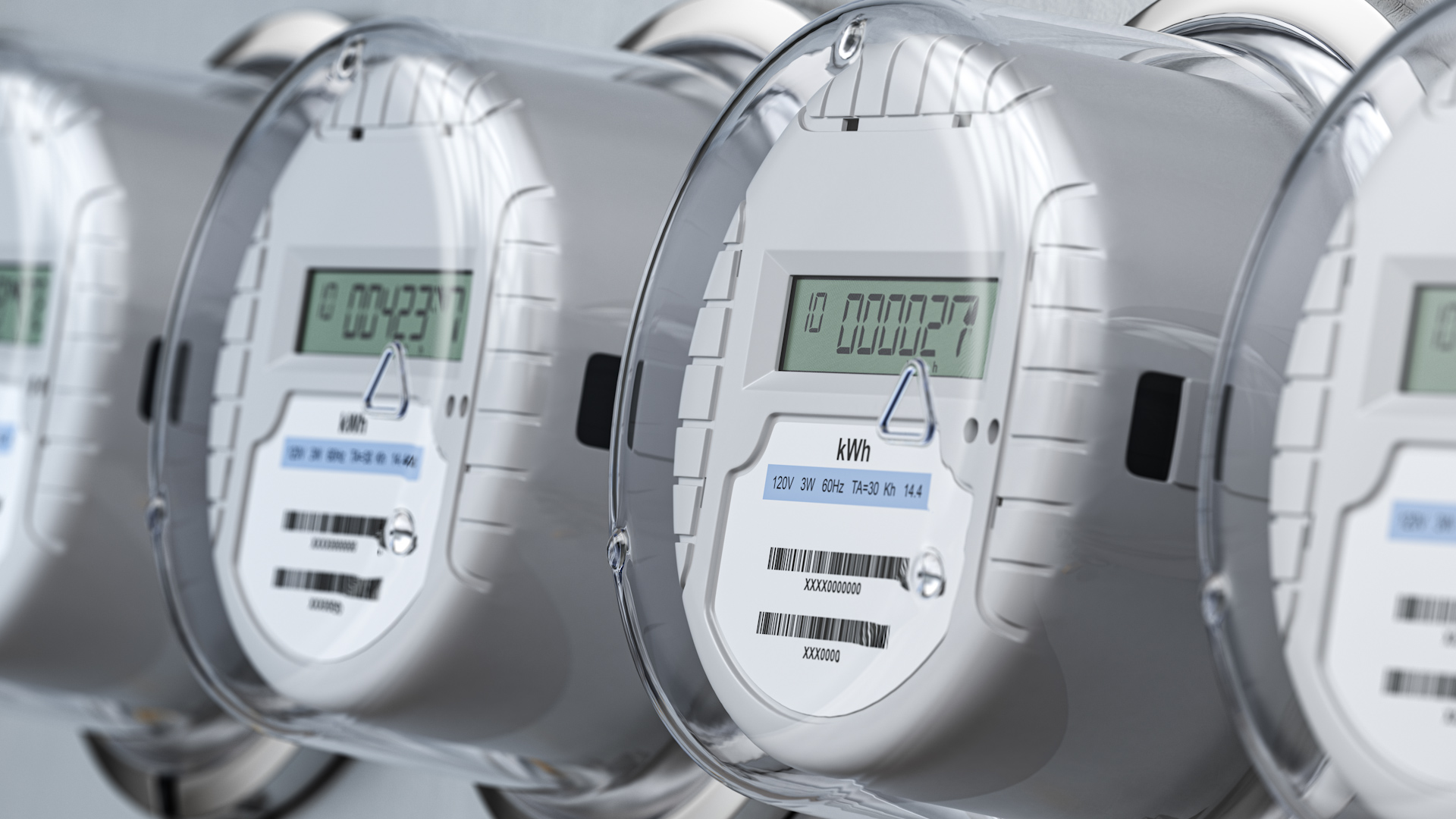
NEW THIS MORNING, JANUARY’S INFLATION NUMBERS SHOW IT’S STARTING TO GET STICKY ON THE PATH DOWNWARD.
MONTHLY CONSUMER PRICES ROSE HALF A PERCENT IN JANUARY
AFTER TICKING UP 0.1% IN DECEMBER.
IT MATCHES THE HIGHEST MONTHLY JUMP SINCE JUNE, WHEN INFLATION PEAKED.
MEANWHILE, THE ANNUAL RATE BARELY EDGED DOWN TO 6.4% FROM DECEMBER’S 6.5%.
AFTER FALLING FOR FIVE OF THE LAST SIX MONTHS, THE ENERGY INDEX TICKED UP 2% IN JANUARY.
IT’S STILL UP 8.7% ON THE YEAR.
FOOD CLIMBED UP HALF A PERCENT FOR THE MONTH, AND IS STILL UP 10.1% ON THE YEAR.
WIPING OUT FOOD AND ENERGY FROM THE MIX, CORE INFLATION IS UP 0.4% ON THE MONTH AND 5.6% ON THE YEAR.
THE ANNUAL RATES ARE A BIT HIGHER THAN ECONOMISTS EXPECTED, BOTH CORE AND OVERALL, SHOWING CONSUMER SPENDING IS STILL PRETTY HEALTHY IN SPITE OF HIGHER INTEREST RATES.
INFLATION MIGHT HAVE COME DOWN FOR A 7TH CONSECUTIVE MONTH, BUT CONSIDERING ITS BY JUST A HAIR, AND AFTER JANUARY’S VERY STRONG JOBS REPORT, THE FED MAY SEE THESE INDICATORS AS REASONS IT NEEDS TO RAISE RATES EVEN HIGHER THAN IT PREVIOUSLY THOUGHT.
I’M SIMONE DEL ROSARIO IN NEW YORK IT’S JUST BUSINESS.








